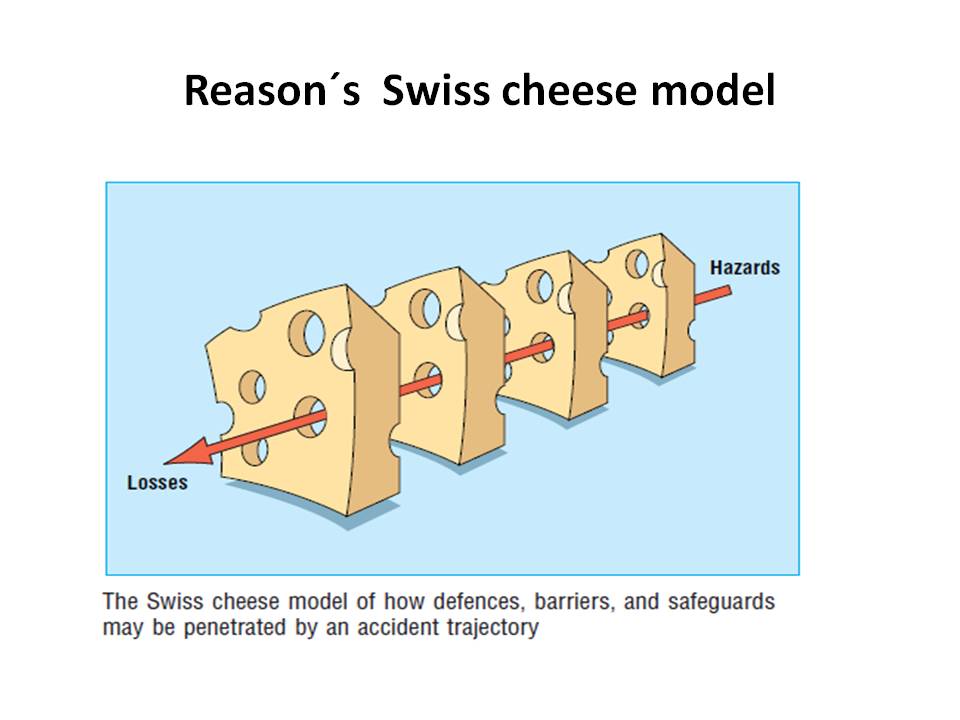Diagnostic error and the accident theory

Diagnostic errors are an important aspect of the Patient Safety movement, but their relationship with the Quality Improvement world is difficult to grab. The concepts about accident theory, work environment, root-cause analysis, are basic to have a complete landscape…
. Reason´s organizational-accident model
James Reason is a British expert in the analysis of accidents . He differentiates between two approaches to study the human error: the person approach and the system approach. He is very well known for the so-called the Swiss cheese model to explain the systemic factors involved in an accident.
In the Reason, s model the Active Failures include slips, lapses, mistakes, all of them associated with cognitive actions conscious or unconscious. Diagnostic errors are associated with two main aspects, the cognitive and the system. The cognitive aspect could be related with the active failures concept from Reason and we really called them “bias”. Most of these cognitive bias are unconscious or based in the “fast and frugal” mode of decision. Latent conditions are equivalent to the system aspects involved in the analysis of diagnostic errors, and they are clearly defined by Reason as “resident pathogens” , they keep dormant until there is a combination with active failures or “cognitive bias” and the error-accident occurs.
Reason J. Human error:models and management. BMJ 2000;320:768–70
Charles Vincent and the analysis of problems
Vincent is another well known author who has adapted and extended Reason´s theory. The equivalent of Reason´s unsafe acts is known as “care-management problems” actions or omissions by staff members in the process of care and they include mistakes, lapses of judgment, omission of a procedure and departure from standards. Vincent also details the factors influencing clinical practice and contributing to adverse events, both individual and institutional.
Charles Vincent. Understanding and Responding to Adverse Events. NEJM 2003; 348: 1051






